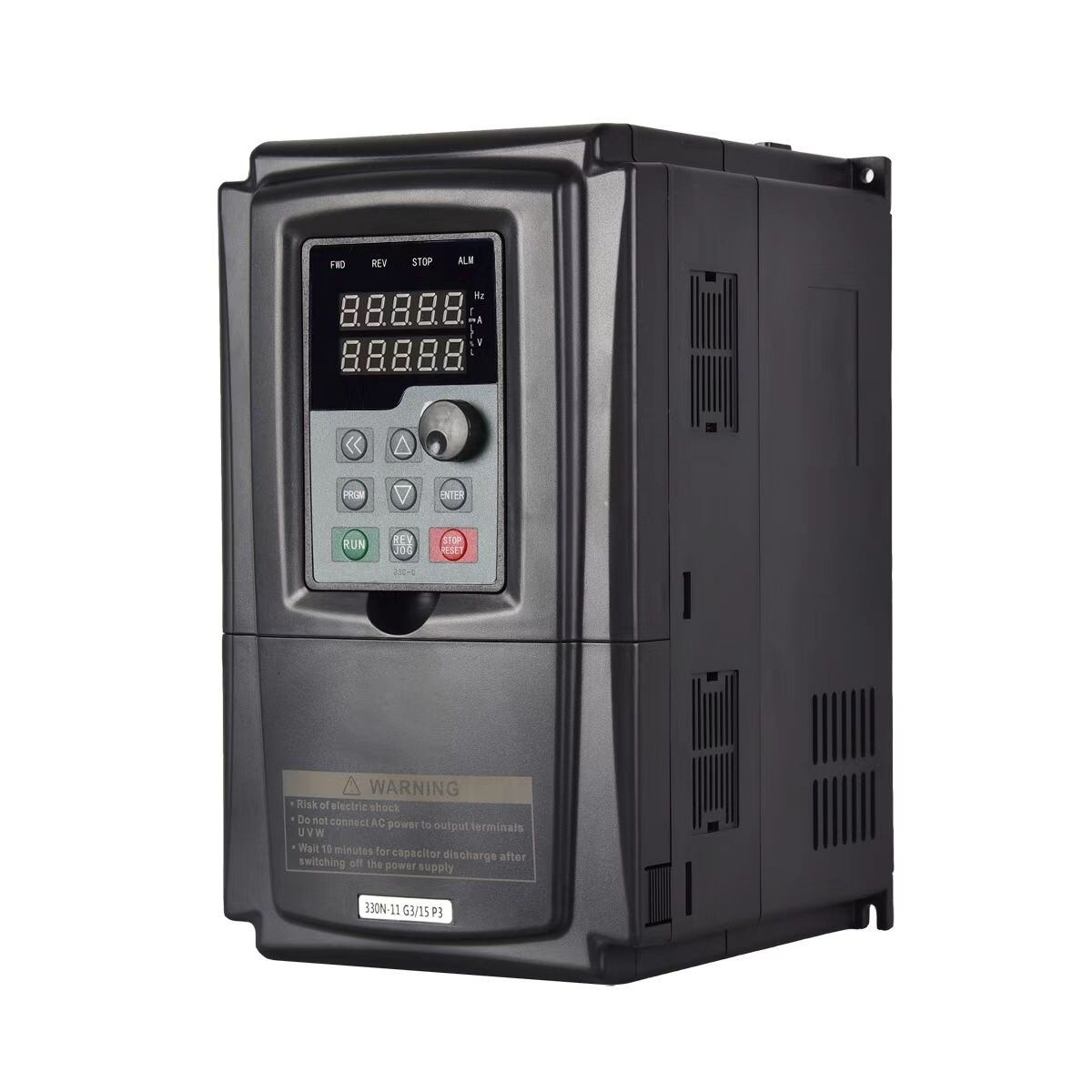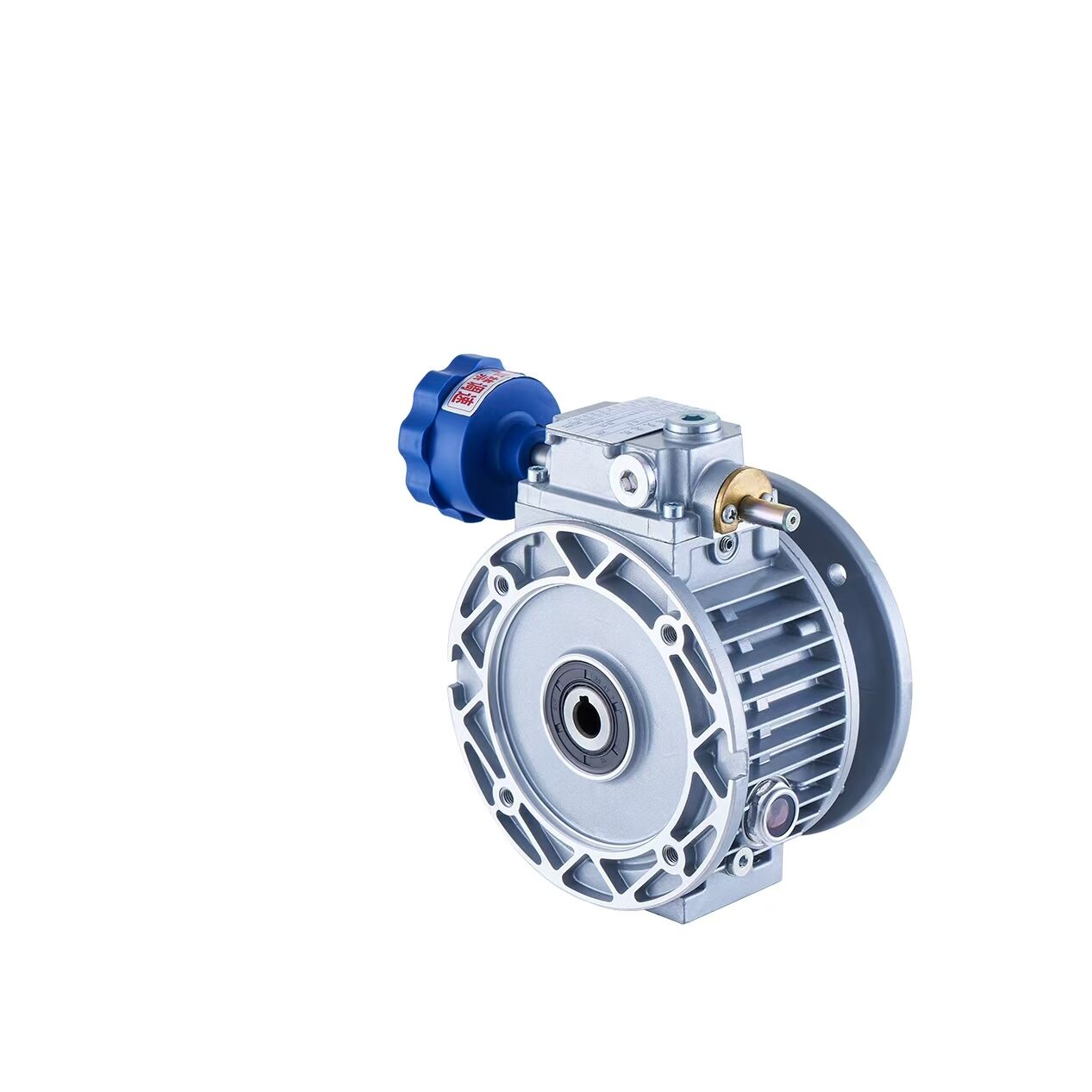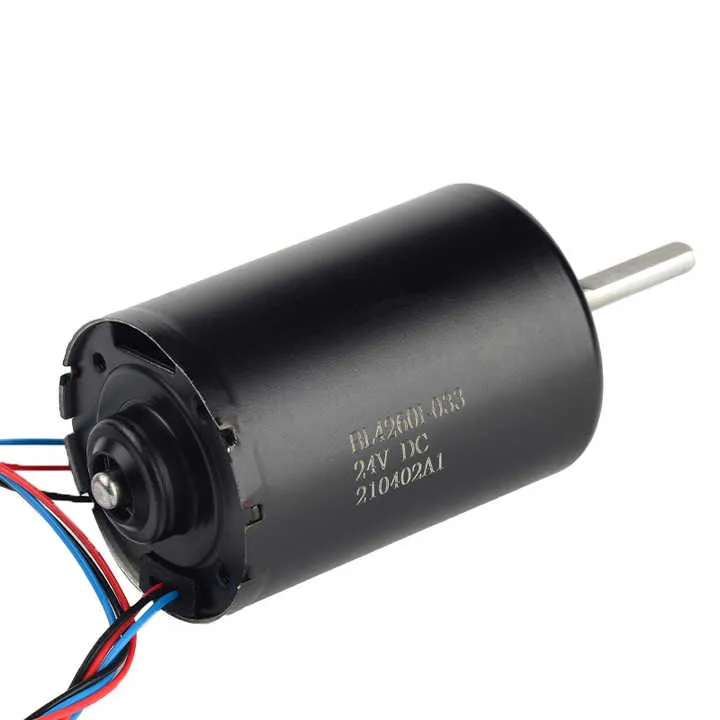vFD
Ცვლადი სხვაობის გამძლე (VFD) არის საკმარისი ელექტრონული კონტროლური სისტემა, რომელიც შემუშავებულია ელექტრო მოტორების სიჩქარისა და ტორყის რეგულირებისთვის მათი ძალის წყაროს სხვაობისა და ვოლტის პარამეტრების შეცვლით. ეს მოდერნული ტექნოლოგია მუშაობს ძალის წყაროსა და მოტორს შორის, ფიქსირებული ვოლტისა და სხვაობის შეყვანით ცვლად გამომავალზე გარდაქმნის. VFD-ები მუშაობენ სამ ეტაპური პროცესით: რექტიფიკაცია, სადაც AC ძალა გარდაქმნილია DC-ში; DC bus ფილტრაცია, რომელიც განსაზღვრავს გარდაქმნილ ძალას; და ინვერსია, რომელიც შექმნის სასურველ ცვლად სხვაობის გამომავალს. ეს მოწყობილობები გამოჩნდებიან აპლიკაციებში, სადაც საჭიროა ზუსტი სიჩქარის კონტროლი, ენერგიის ეფექტიურობა და მოტორის დაცულობა. VFD-ები გამოიყენება სხვადასხვა ინდუსტრიებში, მისამართლების და ჰვაც სისტემების განმავლობაში, წყალის ტრენირების ფაქტორებში და ტრანსპორტირების სისტემებში. ისინი შეძლებენ მოტორების კონტროლს ფრაქციული ჰორსფორსიდან ამოცანის ამოცანამდე, რაც ხდის მათ ვერსატილურ ამოხსნებს განსხვავებული ინდუსტრიული საჭიროებისთვის. ტექნოლოგია შეიცავს მოდერნული მახასიათებლებს, როგორიცაა პროგრამირებადი აჩქარების მრუდები, რამდენიმე წინადადებული სიჩქარე და სრული მოტორის დაცულობის ფუნქციები. მოდერნული VFD-ები ასევე შეიცავს საკმარის მონიტორინგის შუალედებს, ქსელურ კავშირს და ინტელიგენტურ კონტროლის ალგორითმებს, რომლებიც მოტორის მუშაობას აოპტიმიზებენ და მინიმიზებენ ენერგიის მომწიფეობას.



